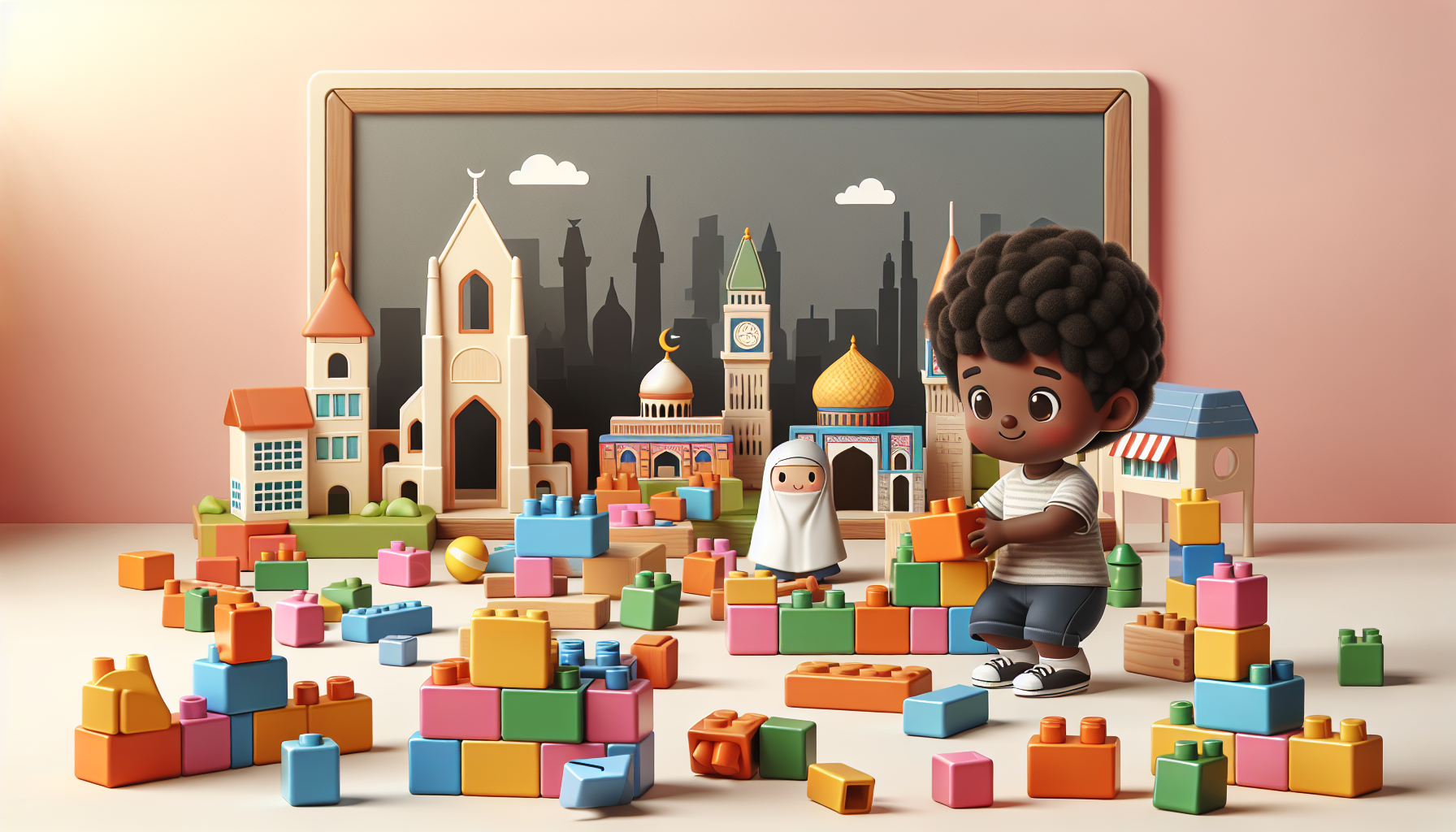The Rise of Remote UI/UX Designer Jobs in a Post-Pandemic World

Before the pandemic, remote work in the tech sector was already gaining traction, but it was often viewed as a flexible option rather than a standard practice. The onset of COVID-19 forced companies to rethink their operations, resulting in a massive shift towards remote work. According to a report by Buffer, 97% of employees desire some form of remote work in their lives, and this sentiment has been echoed in the design community, where flexibility and work-life balance have become paramount. Companies that once hesitated to embrace remote work found themselves compelled to adapt, leading to a significant increase in remote UI/UX positions.
Benefits of Remote Work for UI/UX Designers
Remote work offers designers the flexibility to create their own schedules, allowing them to work during their most productive hours. This adaptability can lead to better work quality and a more satisfying work-life balance. For instance, some designers may prefer to work in the early morning or late at night, aligning their work hours with their peak creativity. Remote work eliminates geographical constraints, enabling designers to apply for positions worldwide. This access has led to increased competition but also a wealth of opportunities, allowing designers to align their skills with companies that share their values. Working from home can reduce costs associated with commuting, work attire, and meals. The average American spends over $2,600 annually on commuting, according to the U.S. Census Bureau. The pandemic has spurred innovation in collaboration tools, such as Figma, Miro, and Slack. These platforms facilitate seamless communication and project management, allowing remote teams to work efficiently and creatively.
Challenges Faced by Remote UI/UX Designers
Many remote designers struggle with feelings of loneliness and disconnect from their peers. The lack of in-person interaction can hinder collaboration and creativity, which are often fostered through spontaneous brainstorming sessions. The lines between work and personal life can blur when working from home. Designers may find it difficult to 'turn off' after a workday, leading to increased stress and potential burnout. Remote work relies heavily on written communication, which can sometimes lead to misunderstandings or lack of clarity.
The Future of Remote UI/UX Design Jobs
As we look ahead, the trend of remote UI/UX design jobs is likely to continue. Companies have recognized the benefits of a distributed workforce, such as access to a diverse talent pool and reduced overhead costs. A survey by Gartner found that 74% of CFOs intend to shift some employees to remote work permanently. As technology continues to evolve, remote work will only become more seamless. Advancements in virtual reality (VR) and augmented reality (AR) have the potential to enhance collaboration and design processes, allowing designers to create and interact in three-dimensional spaces, even from afar.
The rise of remote UI/UX designer jobs in a post-pandemic world represents both an opportunity and a challenge for professionals in the field. As designers navigate this new landscape, understanding the benefits and challenges of remote work is crucial for success. By embracing flexibility, leveraging collaboration tools, and fostering strong communication practices, UI/UX designers can thrive in this evolving environment.
Remote UI/UX Researcher
Google, Amazon, user experience consulting firms
Core Responsibilities
Conduct user research through interviews, surveys, and usability testing to gather insights on user needs and behaviors.
Analyze data to inform design decisions and create user personas and customer journey maps.
Collaborate with design and development teams to ensure user-centered design principles are integrated into projects.
Required Skills
Proficiency in research methodologies and user testing tools (e.g., UserTesting, Lookback).
Strong analytical skills with experience in qualitative and quantitative analysis.
Excellent communication skills to present findings to stakeholders.
Remote Interaction Designer
Microsoft, Facebook, startups focused on digital products
Core Responsibilities
Design interactive elements and user interfaces that enhance user experience across various platforms (web, mobile, etc.).
Create wireframes, prototypes, and specifications to communicate design intentions clearly.
Collaborate with developers to implement designs and ensure functionality aligns with user needs.
Required Skills
Expertise in design tools such as Sketch, Adobe XD, or Figma.
Understanding of interaction design principles and usability heuristics.
Experience with HTML/CSS for better collaboration with front-end developers.
Remote Visual/UI Designer
E-commerce platforms, digital marketing agencies, branding firms
Core Responsibilities
Develop visually appealing designs that align with brand guidelines and enhance user engagement.
Create high-fidelity mockups and design assets for web and mobile applications.
Work closely with marketing teams to ensure visual consistency across all digital platforms.
Required Skills
Strong portfolio showcasing design skills and experience in visual design.
Proficiency in graphic design software such as Adobe Creative Suite (Photoshop, Illustrator).
Ability to adapt designs based on user feedback and analytics.
Remote Product Designer
SaaS companies, tech startups, Adobe, IBM
Core Responsibilities
Oversee the entire design process from ideation to delivery, ensuring user needs are met throughout.
Conduct market research to identify trends and opportunities for product improvement.
Collaborate with cross-functional teams, including product managers and engineers, to define product specifications and features.
Required Skills
Experience in agile methodologies and working in iterative design cycles.
Proficiency in design and prototyping tools such as InVision or Axure.
Strong problem-solving skills and a user-centered mindset.
Remote UX Strategist
Consulting firms, large corporations in tech, organizations focused on user experience innovation
Core Responsibilities
Develop and implement comprehensive UX strategies that align with business goals and user needs.
Conduct competitor analysis and market research to inform design and product decisions.
Lead workshops and brainstorming sessions to foster a user-centered culture within the organization.
Required Skills
Strong background in UX design, research, and strategy development.
Excellent leadership and facilitation skills to guide teams through the design process.
Familiarity with analytics tools (e.g., Google Analytics, Hotjar) to measure user engagement.


